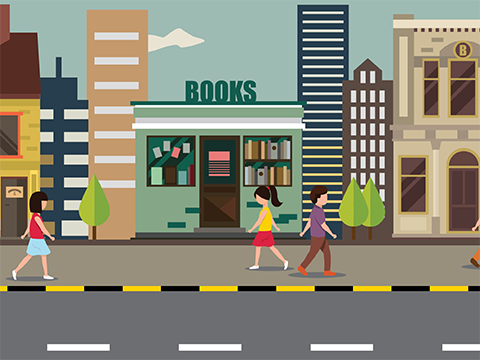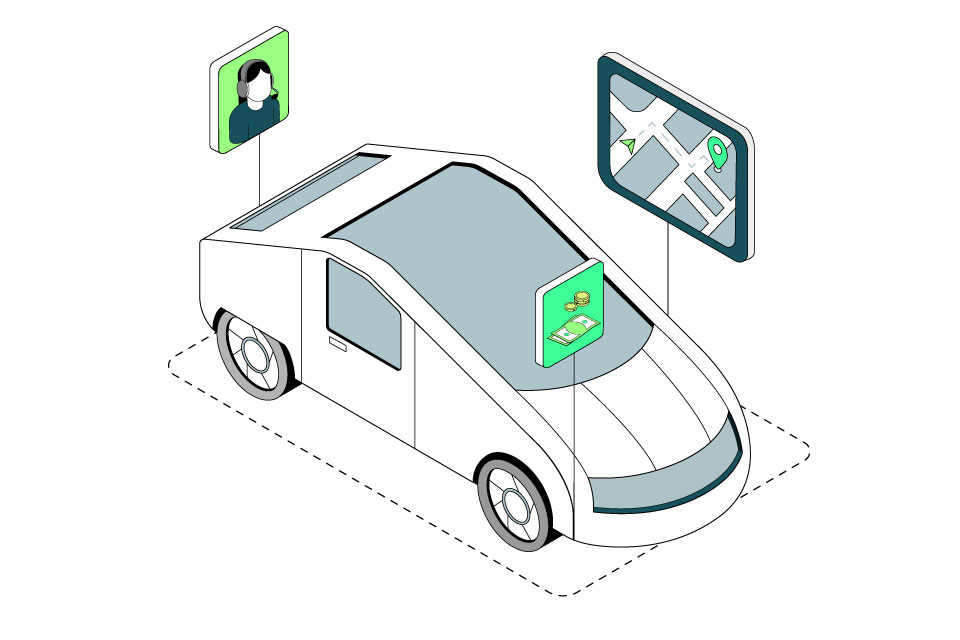By Jo Causon, CEO, The Institute of Customer Service
Conditions are arguably as tough as they have ever been for the retail industry, with a seemingly never-ending stream of established names encountering difficulties. Last year, Toys R Us, Poundworld and Maplins disappeared from the High Street, while businesses such as HMV and House of Fraser fell into administration.
This year we’ve seen administration for the likes of Debenhams and Jamie Oliver’s Italian chain, while the Arcadia group, Monsoon and others have entered restructuring negotiations of various kinds.
The decline of the High Street is a worrying phenomenon. It eats away not only at individual businesses and jobs, but at the wellbeing of wider communities too. It is an issue I am looking forward to discussing at an All Parliamentary Group hearing in early July.
The underlying issue is often framed as online vs offline “the internet displacing traditional shopping. However, I believe it is more complicated than that. For one thing, we’ve also seen major online retailers posting worrying results, such as Asos who in April announced an 87% drop in first half pre-tax profits.
I believe a number of factors are at play, that taken together means retailers need to focus more than ever on service and creating strong customer experiences and less on selling more things! I know this might sound counter-intuitive but the more we build long term relationships and create a service experience, the more we are likely to be loyal to a brand for the longer term.
Firstly, of course it is true that online shopping is having an impact on physical outlets. But that is taking place within a wider context where many consumers are not confident about spending in the first place. There is a lot of uncertainty “not least due to Brexit” and many people are adopting a wait and see approach to larger purchases. The housing market is subdued, and when there are fewer property purchases there are also fewer consequential purchases of home goods and accessories: a ripple effect.
At the same time we are seeing a shift in many consumers’ attitudes, who are becoming less interested in buying things and more interested in buying experiences. This means that ‘destination’ outlets that offer an experience are more likely to do well. A growing number of consumers are more willing to part with their hard-earned cash for something they will remember, an enjoyable activity they can share with friends and family.
These factors mean that those retailers who offer their customers something more than a mere transaction are set to outperform their competitors. It’s about offering personalised, authentic experiences that bring value beyond the commodity or service itself.
This is the kind of thing that retailers such as John Lewis do well, with innovations like catwalks in certain stores, cookery demos using equipment and utensils for sale in the store, and personal shop assistants giving personalised advice and guidance. Other trends in retail introduce technology into the store environment, such as interactive mirrors that enable shoppers to see what a garment would look like and experiment with changing the colour or size.
These are the kinds of innovation that we need to see more of. The High Street needs to reinvent itself. It needs to provide customer experiences that the online environment can’t. If it doesn’t, then of course customers will carry on doing more and more of their shopping online. I also think we need to realise it’s not online vs physical – it’s both. Where and how customers choose to shop depends on the purchase and what they are doing at the time.
The shift in attitude that we have seen towards experience represents an opportunity for the High Street. In a sense, it is about going ‘back to the future’. The old concept of the High Street was a place where everything people needed was available in one relatively small stretch and where they would also inevitably meet friends and acquaintances as they went: it was a social experience as well as a shopping one. In a world that yearns for greater authenticity and genuine personalised experiences that go beyond the transactional, the High Street in my mind has a brilliant and vibrant role to play.
Individual retailers need to focus more on providing value-adding experiences and personalised service, while High Streets as a whole need to find ways of becoming destinations once again that feed a sense of community and socialisation – collaboration and connection are the real opportunities.
The majority of us would be very sad to see our High Streets disappear – whatever our age and profile. There are challenges that need to be met: business rates are a weight on many retailers and infrastructure issues such as parking can prove obstacles to getting footfall through. But with some genuine joined up lateral thinking across key parties such as retail associations, landlords and local authorities, we can make a positive breakthrough for the High Street and their communities. I hope the All Parliamentary Group discussion may prove fruitful around this.
I believe the High Street still has a future. If it can find contemporary solutions that put the emphasis on the customer experience and personalisation, there is no reason why it can’t thrive once again, really differentiates them on the global stage.



